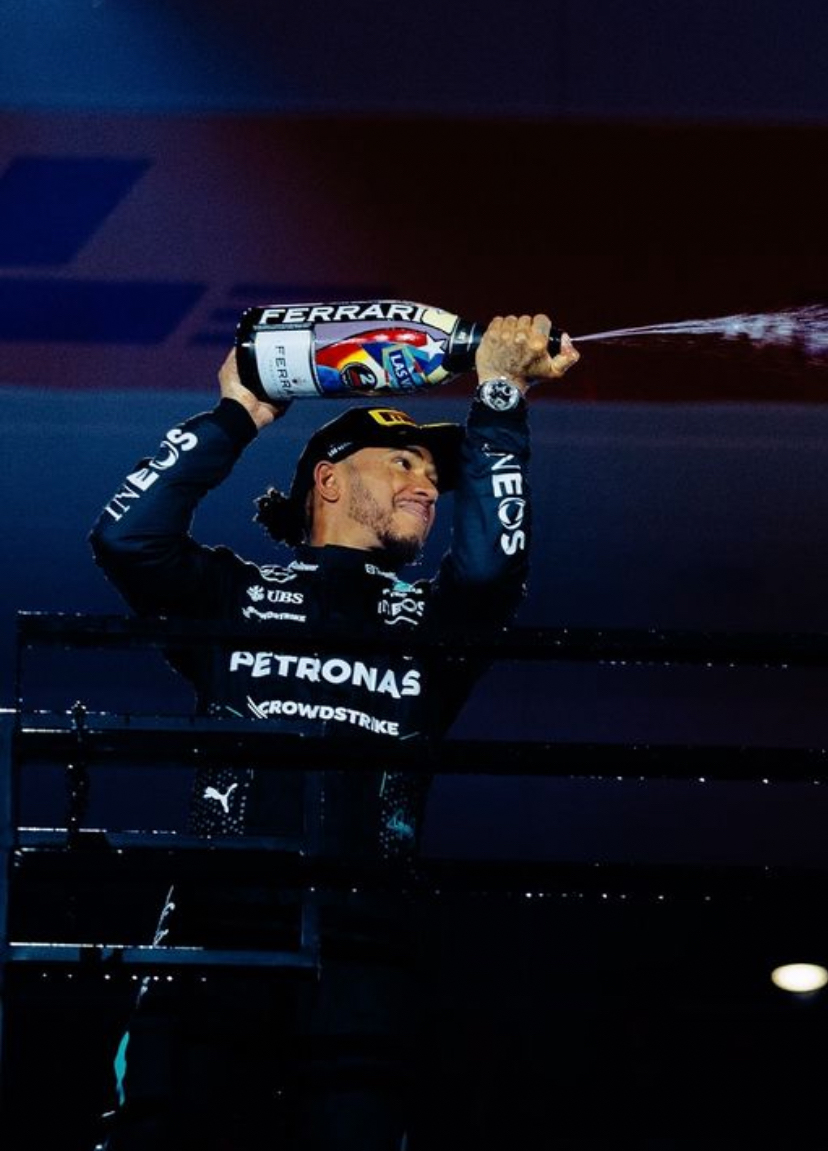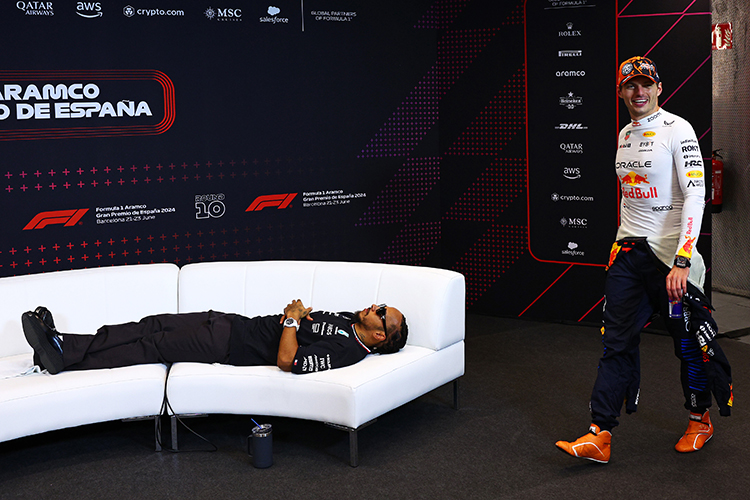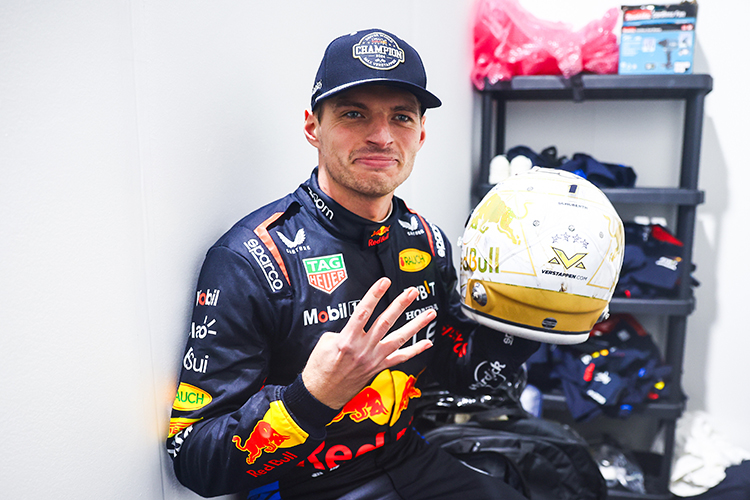The Role of Aerodynamics in Formula 1: The Science Behind Speed and Stability

Formula 1 World Champions: A legacy of racing legends
What is the role of aerodynamics in F1?
The Role of Aerodynamics in Formula 1: The Science Behind Speed and Stability
Explore the crucial role of aerodynamics in Formula 1, from downforce and drag to optimizing car performance and fuel efficiency. Learn how aerodynamics impacts F1 racing.
In Formula 1 (F1), where every millisecond counts, aerodynamics plays a pivotal role in determining a car's performance. From generating downforce to managing airflow, aerodynamics influences almost every aspect of an F1 car’s behavior on the track. In this article, we explore how aerodynamics affects speed, handling, and efficiency, and why it is crucial to F1 car success.
What is Aerodynamics in F1?
Aerodynamics refers to how air flows around an object—in this case, an F1 car. The goal is to manipulate airflow to reduce drag and maximize downforce, which helps increase car speed and stability, especially in corners. Every component, from the bodywork to the wings and exhaust systems, contributes to the car's interaction with the air.
The Importance of Downforce
Downforce is the vertical force that pushes the car onto the track, generated by the car's wings, floor, and diffuser. More downforce provides better grip, especially through corners, and enhances handling performance.
How Downforce Works
Downforce is created by the car’s wings. The airflow accelerates over the top of the wings and slows beneath them, causing a pressure differential that results in downward force. The challenge is balancing the need for high downforce (for better cornering) while minimizing drag (which slows the car). Too much downforce increases drag, while too little decreases grip.
Why It Matters
High downforce is essential for cornering stability. Without sufficient downforce, F1 cars would experience understeer or oversteer, compromising control and speed. The car’s aerodynamic design ensures that the right amount of downforce is applied across the track.
The Role of Drag in Aerodynamics
While downforce helps with cornering, drag is the aerodynamic resistance that opposes forward motion. Reducing drag is vital, especially on straights where top speed is crucial.
How Drag Affects Speed
Reducing drag is key to achieving faster top speeds. F1 cars are designed with low-drag features such as rear wings and bodywork to improve efficiency while maintaining the necessary grip through corners.
Adjusting for Different Tracks
F1 teams adjust downforce and drag based on the track’s characteristics. For tracks with long straights like Monza, a low-downforce, low-drag setup maximizes top speed. On tracks with tight corners like Monaco, a higher-downforce, higher-drag setup ensures better cornering performance.
The Role of the Front and Rear Wings
The front and rear wings are crucial components for manipulating airflow and generating both downforce and drag reduction. These wings are adjustable and play a significant role in car performance during a race.
Front Wing
The front wing directs airflow around the car, generating downforce on the front tires and contributing to the car’s handling through corners.
Rear Wing
The rear wing works in harmony with the front wing to keep the car stable on the track. Its angle of attack can be adjusted based on whether the focus is on cornering or maximizing top speed.
The Underbody: Ground Effect and the Diffuser
The underbody plays a critical role in aerodynamics. The ground effect generates downforce by managing airflow beneath the car, while the diffuser enhances this effect by accelerating air through the car’s rear, creating additional downforce without increasing drag.
Diffuser
The diffuser is essential in accelerating airflow at the rear of the car, helping create a low-pressure area that generates extra downforce. This helps with stability during high-speed corners.
Venturi Tunnels
Venturi tunnels along the car's sides also play a vital role by speeding up airflow beneath the car. Combined with the diffuser, these components maximize downforce while minimizing drag.
The Role of Aerodynamics in Overcoming Dirty Air
Dirty air refers to the turbulent airflow left by another car. It affects downforce and cornering ability, making it challenging for drivers to maintain high-speed stability while following closely behind another car. Teams continue to improve aerodynamics to maintain stable airflow, even in dirty air, with innovations such as aero appendages and adjustable wings.
The Impact of Aerodynamics on Fuel Efficiency and Sustainability
Aerodynamics also influences fuel efficiency. A car with optimized aerodynamics can reduce drag and improve fuel consumption, aligning with Formula 1's push towards sustainability and carbon neutrality by 2030.
Conclusion: Aerodynamics – The Invisible Force Behind F1’s Speed
Aerodynamics is the foundation of F1 car performance. It is not just about making cars look fast, but about optimizing downforce, drag, and airflow management to improve handling, speed, and fuel efficiency. Teams dedicate extensive resources to refine their aerodynamic designs using advanced technologies such as wind tunnels and computational fluid dynamics (CFD) to gain any advantage they can.
In Formula 1, aerodynamics will remain one of the sport’s most critical disciplines, shaping the cars of the future. Engineers continually push the boundaries of aerodynamics to make F1 cars faster, more stable, and more efficient.
Up Next


